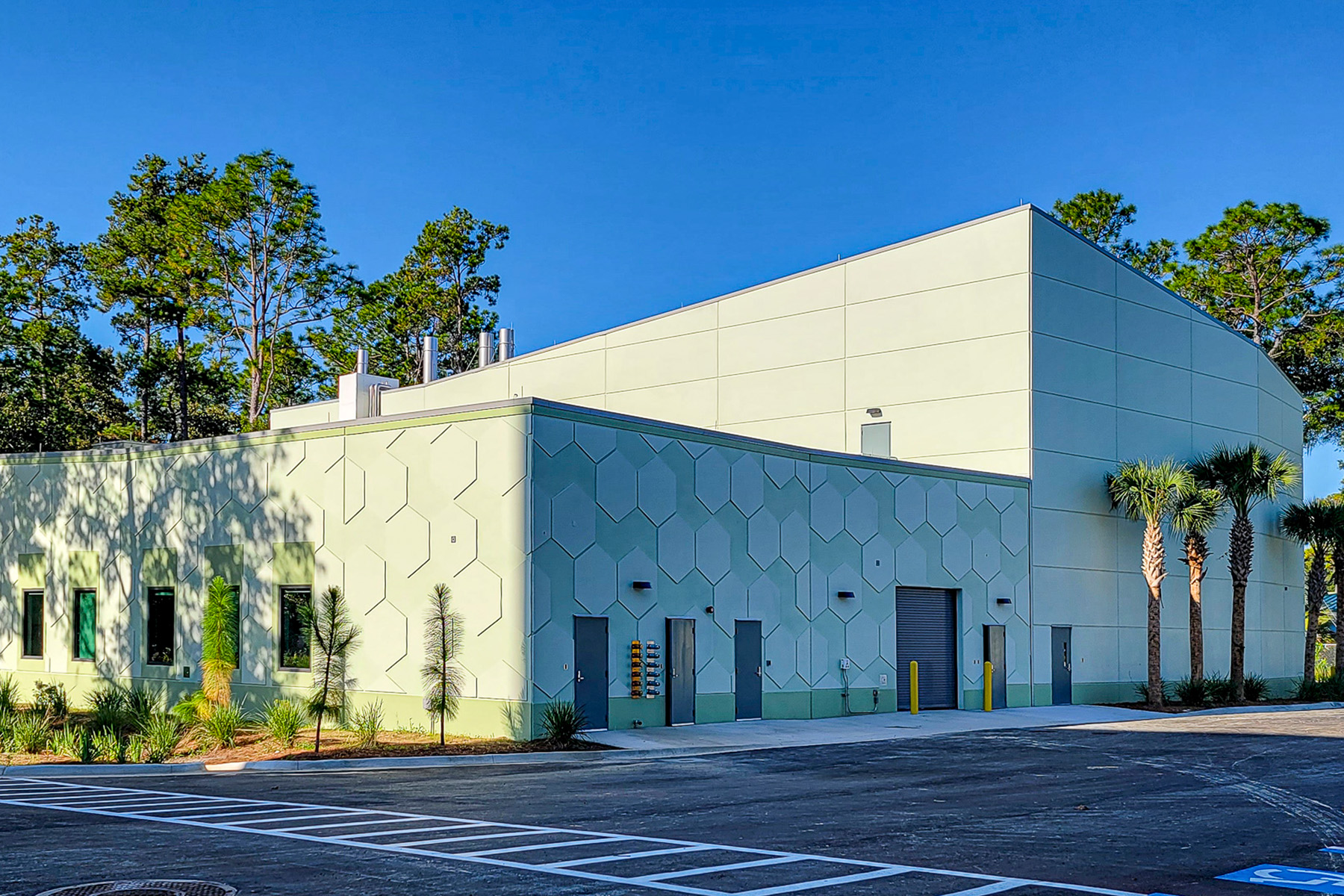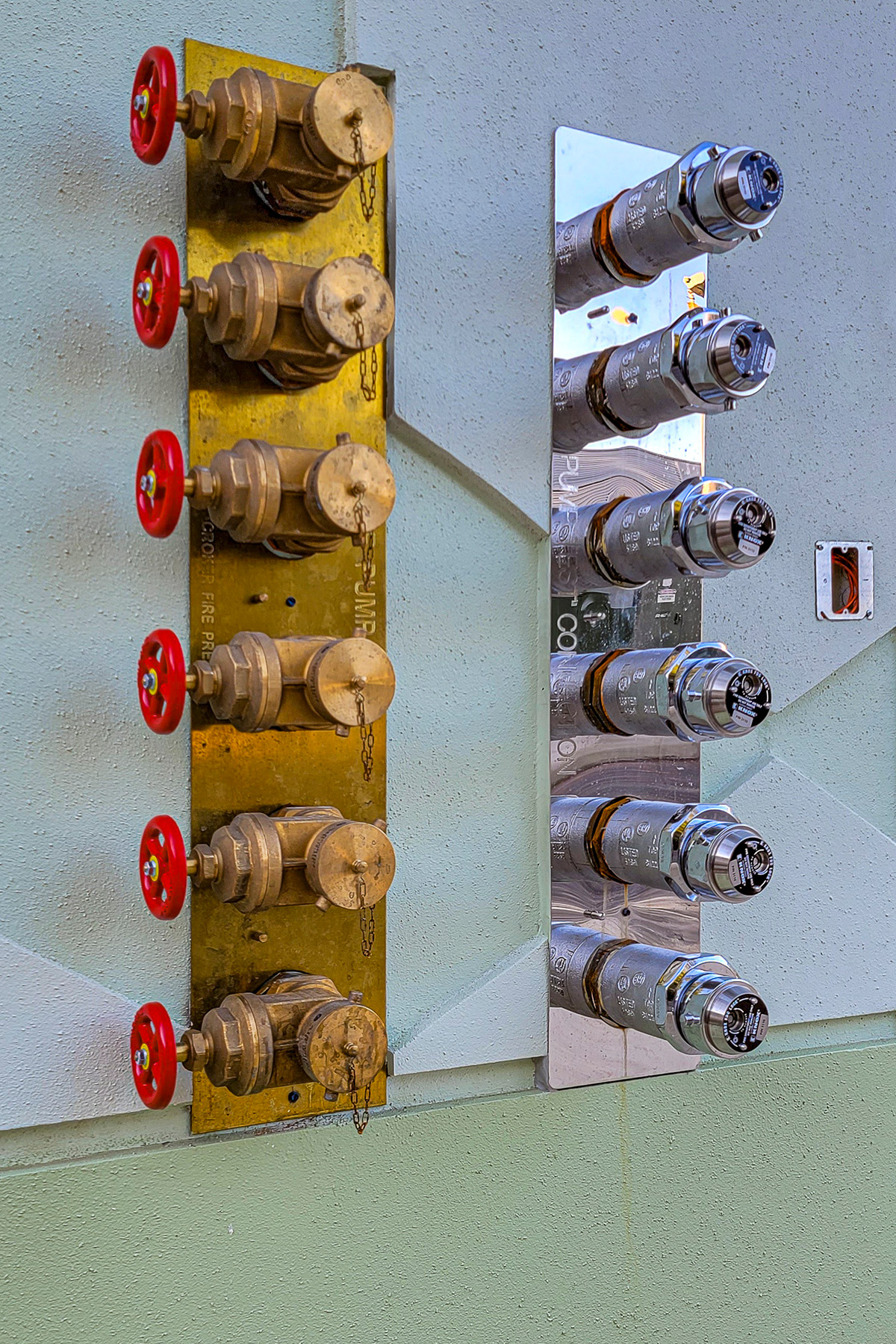University of Florida Natural History Museum Special Collections Building
Florida Green Building Coalition Certified Platinum
Florida DBIA Project of the Year (2023) for Education
First Coast ABC Eagle Award for Excellence in Construction
Overview
Located adjacent to the museum’s public exhibition, education, and lepidoptera research facilities in Powell and McGuire Halls, this project involves working with the Florida Museum of Natural History special collections staff in developing a master plan. Included is 17,000 sf of high density, specialized, movable shelving to house museum specimens which are stored in ethyl alcohol, which require special conditions to comply with State Fire Marshal requirements. The collections include Ichthyology (Fishes), Herpetology (Amphibians and Reptiles), and Marine Invertebrates, as well as portions of the Florida Collection of Arthropods stored in alcohol held by the Division of Plant Industry. Moving these collections to a new facility allows the museum to address human health / safety issues while providing state-of-the-art collections storage and research laboratories for crucial research programs aligned with UF’s Biodiversity and Informatics Initiatives.
Features
The hazards associated with wet collections (many of which are irreplaceable) are unique in scale, configuration, and value. The wet-pipe systems sprinkler system design basis is balanced against the available water supply and the limitations of the existing sanitary drainage system and a goal to minimize the size of retention tanks that are required to regulate the sprinkler system discharge to the sanitary system. To keep the sprinkler activation area to a specified “zone,” draft curtains align with trench drains that confine a flammable liquid spill to a specific floor area. The HVAC system is designed to keep areas containing specimens at a constant temperature of 65 degrees / relative humidity of 55% or less. Fume hoods are provided in areas where specimens are accessed. Hydrocarbon gas detection systems are provided throughout the building and the bulk alcohol storage room. The hydrocarbon gas detection system interlocks with the building fire alarm system. The HVAC system will initiate a supervisory alarm and initiate a 100% purge sequence should a dangerous level of hydrocarbon be detected. The lighting and lighting controls are designed to provide light only to areas that are being accessed for specimen storage and retrieval to save energy and limit specimen exposure to light.

